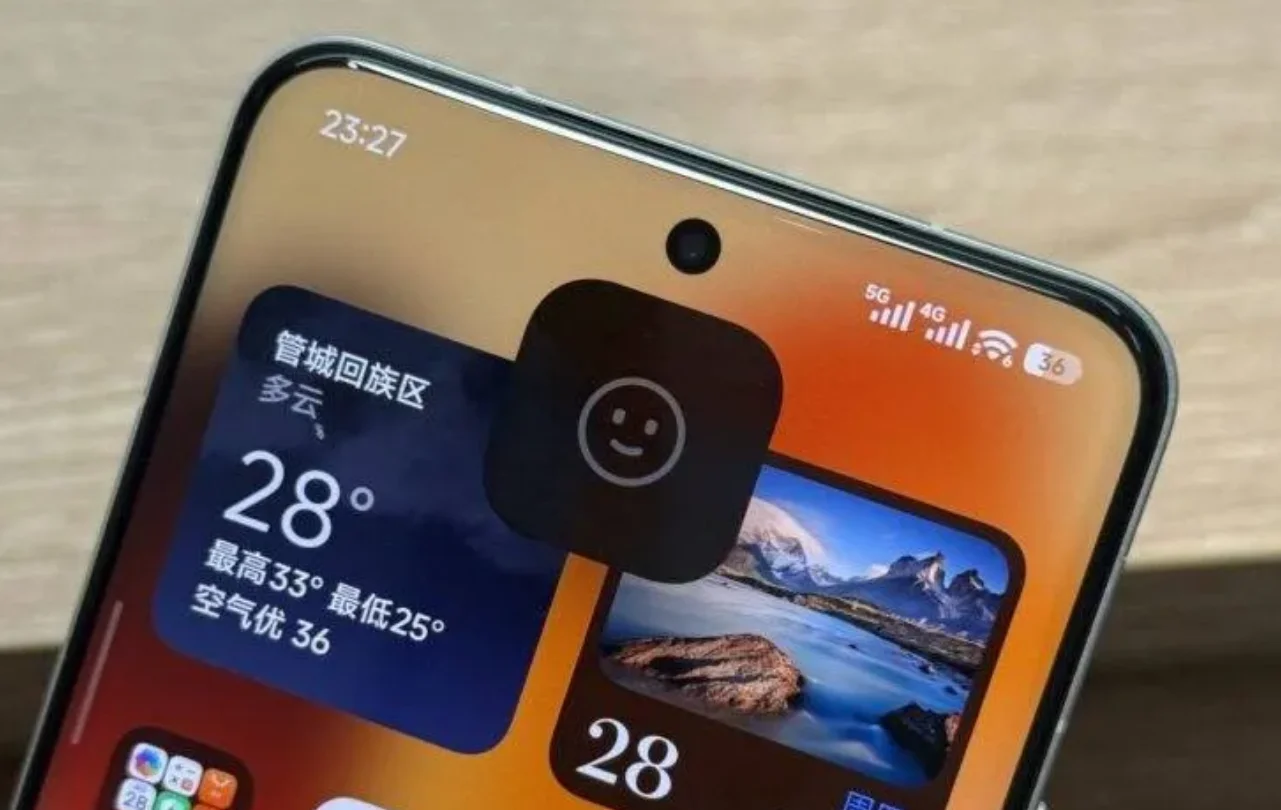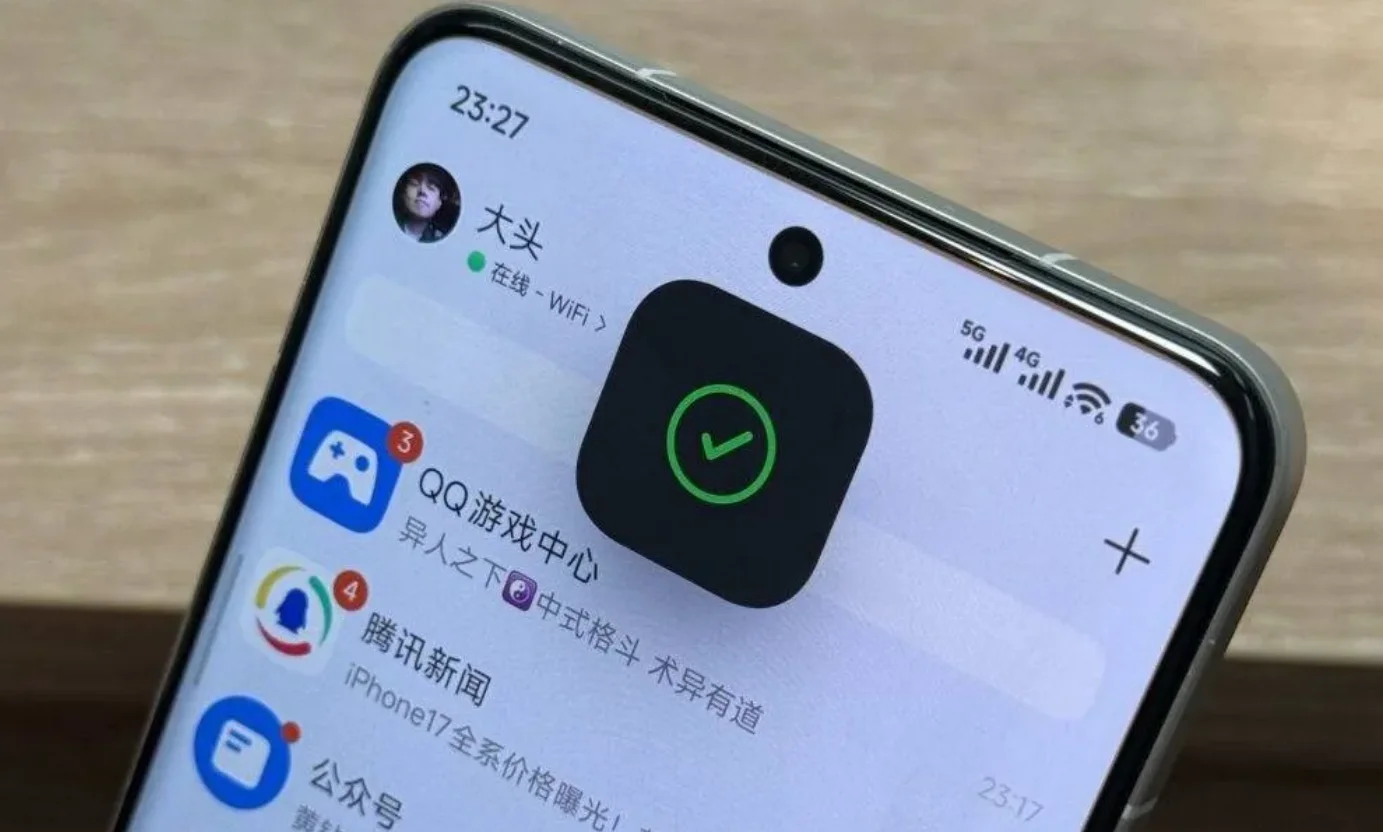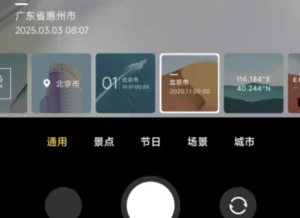Xiaomi HyperOS 3: Face ID Revamp
HyperOS 3: Face ID Gets a Major Glow-Up, Channelling iOS 26 Vibes
Hey everyone, and welcome back to xiaomiforall.com! Your go-to spot for all things Xiaomi, making tech easy and fun to understand. Today, we’re diving deep into something super exciting: HyperOS 3. Xiaomi’s latest OS, built on Android 16, is here, and it’s promising a smoother, more personalized, and frankly, way prettier experience. But the real showstopper for me? The face unlock system. It’s been totally redesigned, and yeah, it’s definitely giving off some serious iOS 26 inspiration, but with that signature Xiaomi flair we all love. Let’s break down how HyperOS 3 is seriously leveling up the Face ID game.
Face ID Gets Faster and Way More Stylish
First off, speed. Xiaomi’s saying this new Face ID in HyperOS 3 is up to 30% faster than before. Now, that might sound like a small thing, but trust me, when you’re just trying to quickly check a message, every millisecond counts, right? This speed boost is paired with a cleaner interface and animations that are just chef’s kiss. Picking up your phone feels more natural, without those little stutters we sometimes saw in older HyperOS or MIUI versions.
The whole look of Face ID in HyperOS 3 is super sleek and minimalist. It’s all about making things clear and easy to use. When you pick up your phone, you get this subtle visual cue, with elements that just fade in smoothly as your face is recognized. It totally reminds me of how Apple handled things with iOS 26, with those really smooth transitions that blend blur effects and motion to create this seamless feeling. But here’s the Xiaomi twist: they’ve made these animations way more customizable. You can tweak colors, effects, and styles right from the settings. Awesome!

Inspired by iOS 26’s “Liquid Glass”
One of the coolest things about HyperOS 3 is how it’s adopted a design language that really echoes the “Liquid Glass” concept we saw in iOS 26. Think super-smooth transitions, subtle transparency, and a sense of depth. You can really see this in the Face ID animations. When your phone spots your face, the interface responds with this fluid motion that feels like liquid glass, with visual elements just flowing and merging together naturally.
Now, Apple sometimes leans so hard into style that legibility can take a hit. Xiaomi, though, has managed to keep things sharp and clear. The Face ID indicators, like that recognition circle, are crisper and are designed to blend in with your chosen wallpaper, making the whole experience feel really cohesive. Plus, these animations are interactive! A tap or a swipe can trigger extra transitions, making the interface feel like it’s actually responding to you. It’s these little touches that add that modern, sophisticated feel.
Personalization, The Xiaomi Way
While iOS 26 offered a polished look but kept customization options pretty locked down, HyperOS 3 is all about letting you have the say. You can tweak pretty much every aspect of Face ID. Through Xiaomi’s theme store, you can download new animation styles, change the clock fonts on your lock screen, or even add dynamic effects that react to how you move your phone. For example, there’s a “Cinematic Depth” feature that makes your wallpaper come alive with a 3D effect when you unlock your phone. It’s similar to iOS 26’s “Spatial Scene,” but made more accessible even for mid-range devices.
And it gets better! HyperOS 3 is integrating AI more deeply to personalize your Face ID experience. You can let the system learn your preferences and suggest animations or designs based on your daily usage. This means every time you unlock your phone, it feels uniquely yours.
Connecting with the Apple Ecosystem?
This is a bit of a curveball, but HyperOS 3 is also hinting at better interoperability with Apple devices. This is a smart move by Xiaomi, aiming to capture users who might be rocking both Android phones and Apple gear. Early betas of HyperOS 3 are showing features like notification syncing and file transfers between a Xiaomi phone and an iPhone or iPad, all through a dedicated app called “Mi Share Desktop.” This level of integration, coupled with a Face ID design that feels familiar to iOS users, makes HyperOS 3 super appealing if you’re into that hybrid ecosystem life.

When Can You Get Your Hands On It?
Mark your calendars! The rollout of HyperOS 3 is set to kick off in September 2025. The flagship devices, like the Xiaomi 15 and the Redmi K70 Pro, will be among the first to get the update. Good news for owners of older Xiaomi phones too – HyperOS 3 will be compatible with Android 15 and 16, so a lot of you will be able to enjoy these goodies. Keep in mind, though, that some of the fancier Face ID features, especially those complex animations, might be exclusive to newer hardware.
A Fresh Face for Xiaomi’s Software
With HyperOS 3, Xiaomi hasn’t just tweaked its operating system; they’ve crafted a Face ID experience that’s seriously competing with the best of iOS 26, all while keeping that beloved Android customization intact. The fluid animations, that “Liquid Glass” inspired design, and the surprising nods to the Apple ecosystem really put HyperOS 3 on the map. For us Xiaomi fans, this update is more than just better functionality; it makes interacting with our devices a visual treat. Ready to see what the future of face unlock looks like with HyperOS 3? We certainly are!








4 thoughts on “Xiaomi HyperOS 3: Face ID Revamp”